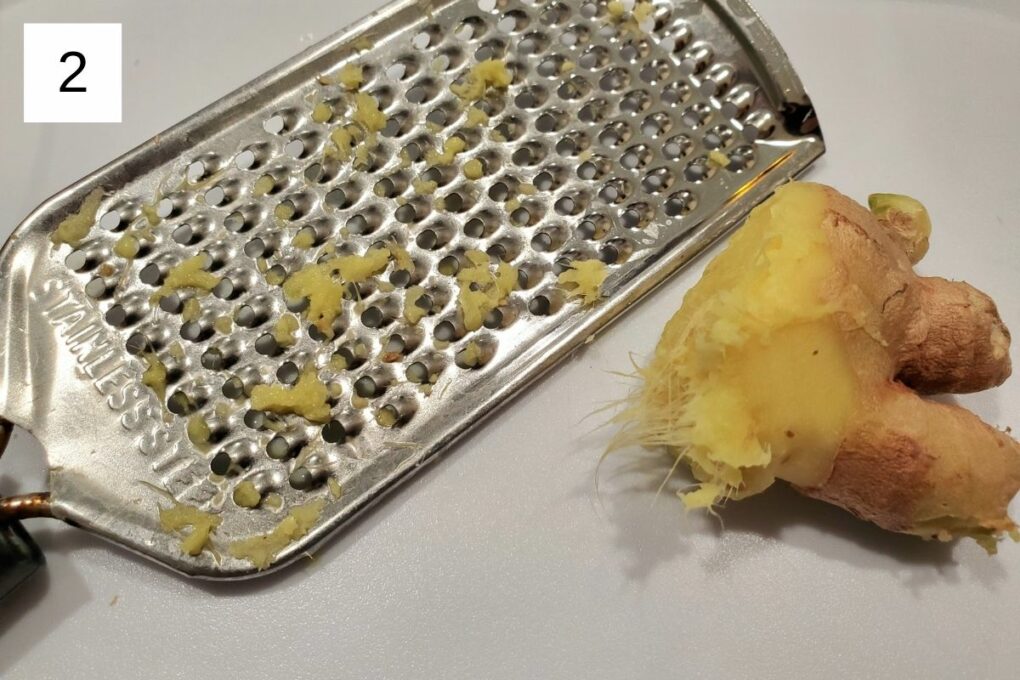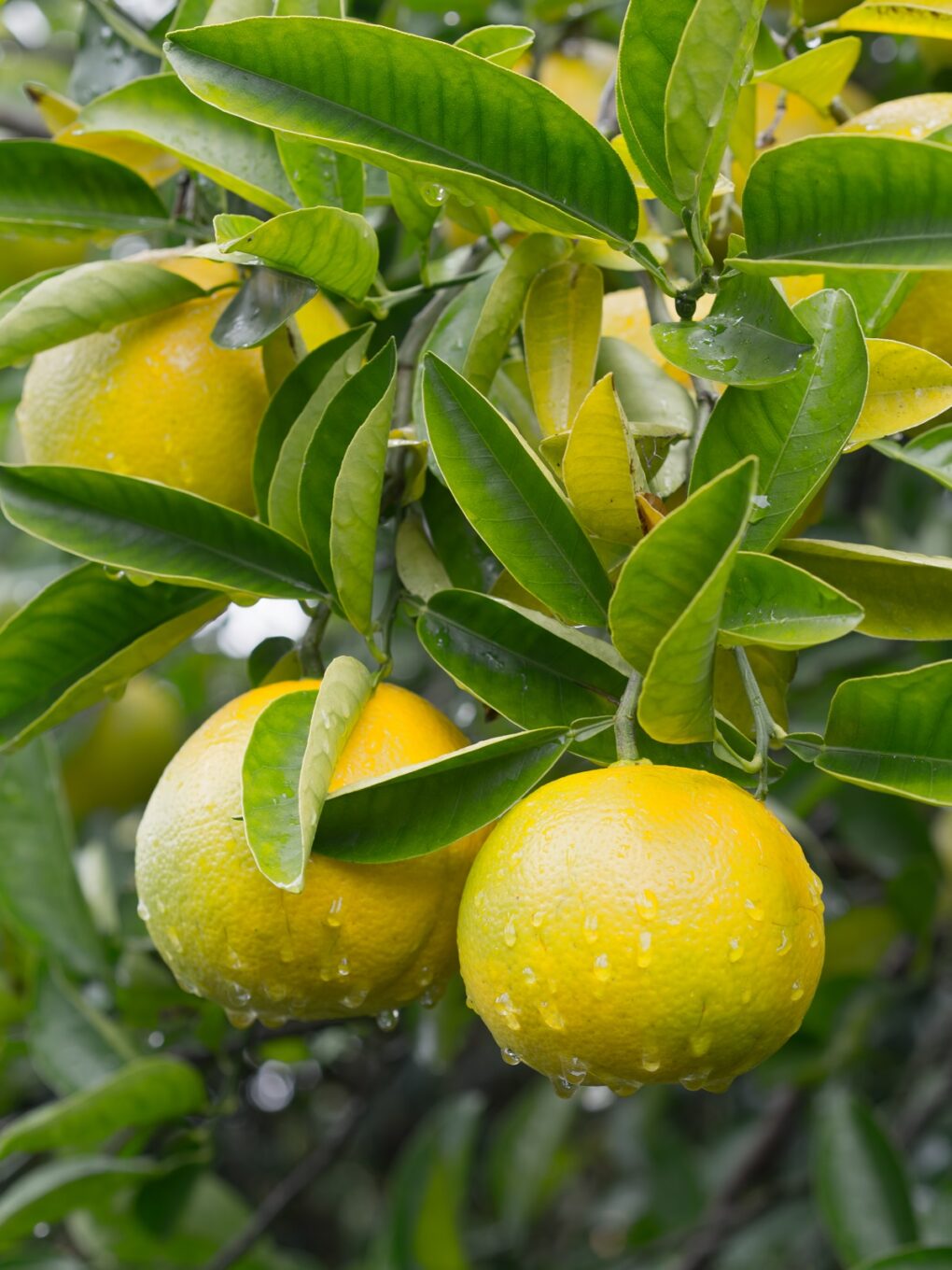This easy Yuzu Dressing is tangy, sharp and super simple to make! In just 5 minutes you can make homemade yuzu salad dressing that's just as good on greens as it is on root veggies, meats, and salmon.
For my fellow citrus lovers, try making some yuzu lemonade or delicious homemade yuzu aioli.

Jump to:
✔️ Why this recipe is great
Super Easy: the only ingredient in this dressing that needs prep is the fresh ginger, so if you replace it with ginger powder as per the recipe, you can make it in less than a minute!
Flexible Flavor: yuzu and ginger are the main guiding flavors in this yuzu vinaigrette, so by manipulating or complementing either of those two, you can create a whole new variation without hurting the dressing's flavor impact. Some ideas include a lemongrass-flavored oil, switching to agave for the sweetener, or adding a dash of balsamic.
Packs a Punch: even just an ounce of yuzu dressing packs quite the flavor punch on anything you drizzle it onto, so use sparingly!
⭐ What is yuzu?
Yuzu is a tart, fragrant citrus fruit native to East Asia, most aptly described as a cross between a lemon, a mandarin, and a grapefruit. It's about the size of a tangerine with a bumpy, yellow or green rind. Yuzu is prized above all for its aromatic zest and juice, which add a distinctive, tangy flavor to a variety of dishes and drinks.
It's not typically eaten raw due to its extreme sourness but is widely used in Japanese and Korean cuisine in sauces, dressings, marinades, and yuzu tea. Yuzu kosho, a spicy condiment made with yuzu zest and chili peppers, is one of the more popular Japanese exports made with yuzu.
🍋 Ingredients

Yuzu Fruit: this floral Korean citrus is like a slightly bittersweet tangerine had a baby with a lemon. I've only made this dressing with yuzu concentrate, but you could also use a slightly lesser amount of fresh yuzu juice or puree, if available.
Fresh Ginger: this bright component adds much more than just flavor to the dressing. See the recipe card for notes on more ginger substitutes.
Soy Sauce or Coconut Aminos: you could alternately use tamari, but any of these sauces would work to add the salty umami undertone that compelemnts the yuzu juice.
See recipe card for exact ingredients and full quantities.
🧂 Substitutions and variations
yuzu Concentrate: though I haven't personally made yuzu dressing with fresh yuzu or frozen yuzu puree, both of those are good options in place of yuzu concentrate, if it's not an option.
Oil: I've only made this yuzu dressing recipe with olive oil and avocado oil, but you could also use a flavored oil of some kind to add real pizzazz.
Maple Syrup: the best substitutes for maple syrup are other liquid sweeteners. My picks would be either honey or agave syrup.
- Lemon Yuzu Dressing - you can add 1-2 teaspoons of fresh-squeezed lemon juice when you add the yuzu concentrate for more brightness.
- Honey Yuzu Dressing - using an equal amount of honey in place of the maple syrup would add a caramel sweetness to your dressing.
📋 How to make yuzu dressing: step-by-step instructions
Step 1. Grate the ginger (images 1 & 2) and then measure out the oil, yuzu juice, maple syrup and coconut aminos or soy sauce.


Step 2. Put everything in a jar (image 3), then put the lid on and shake it until the dressing is well-combined (image 4), and serve on your favorite greens; it goes really well with carrots and red lettuce or microgreens.


⭐ Storage and use
Fresh yuzu dressing will stay good in the fridge for up to 10 days, but most vegetable oils will solidify in the fridge.
Leave the dressing at room temperature for 2 hours beforehand if possible; otherwise you may need to nuke it for 10 second before shaking again and pouring it over your dish.
👨🏻🍳 Expert notes & tips
Can I use yuzu puree?: though I haven't tried it myself, you should be able to use slightly more frozen yuzu puree (or slightly more fresh puree) than the concentrate called for in the recipe. Just be sure to strain it afterwards to remove the pulp, and let me know in the comments how it turns out.
Using Fresh Fruit: if using fresh yuzu fruit juice, I recommend using slightly less than the called-for yuzu concentrate, and keeping the very outside part of the peels to make candy.
*Dressing Hack*: try using an old store-bought salad dressing container to keep the dressing in the fridge and to do the initial ingredient shaking.

🙋🏻♂️ Frequently Asked Questions
Yuzu sauce or dressing is typically composed of yuzu juice or zest, combined with ingredients such as soy sauce, vinegar, sugar, and sometimes chili peppers or garlic. It's a versatile sauce used in Japanese cuisine to enhance the flavor of dishes like sashimi, salads, and noodles.
Yuzu is expensive due to its labor-intensive harvesting process, limited cultivation outside of Japan, and the difficulty in growing the fruit, which is sensitive to environmental conditions. Its scarcity outside of East Asia and the high demand for its unique flavor contribute to its high cost.
A common substitute for yuzu, when the fruit is unavailable, is a blend of other citrus juices such as lemon, lime, and grapefruit, which can mimic its complex flavor. Meyer lemon is often suggested as a closer alternative due to its similar balance of tartness and sweetness.
Yuzu's floral flavor pairs well with a variety of ingredients, including seafood, green vegetables, and most herbs, including ginger. It also complements sweet pairings like chocolate, berries, and creamy desserts, adding a refreshing citrus note to rich and sweet flavors.
📖 Recipe

Quick Ginger Yuzu Dressing
Equipment
- jar with lid
Ingredients
- 2 tablespoons neutral oil ex. avocado oil
- 2 tablespoons yuzu juice concentrate
- ½ tablespoon fresh-grated ginger alt. 1 tablespoon ginger paste or 1 teaspoon ginger powder
- 1 tablespoon maple syrup alt. honey
- 1 tablespoon soy sauce alt. coconut aminos
Instructions
- Grate the ginger and then measure out the oil, yuzu juice, maple syrup and coconut aminos.
- Put everything in a jar, then put the lid on and shake it until the dressing is well-combined, and serve on your favorite greens; it goes really well with carrots and red lettuce or microgreens.






Comments
No Comments